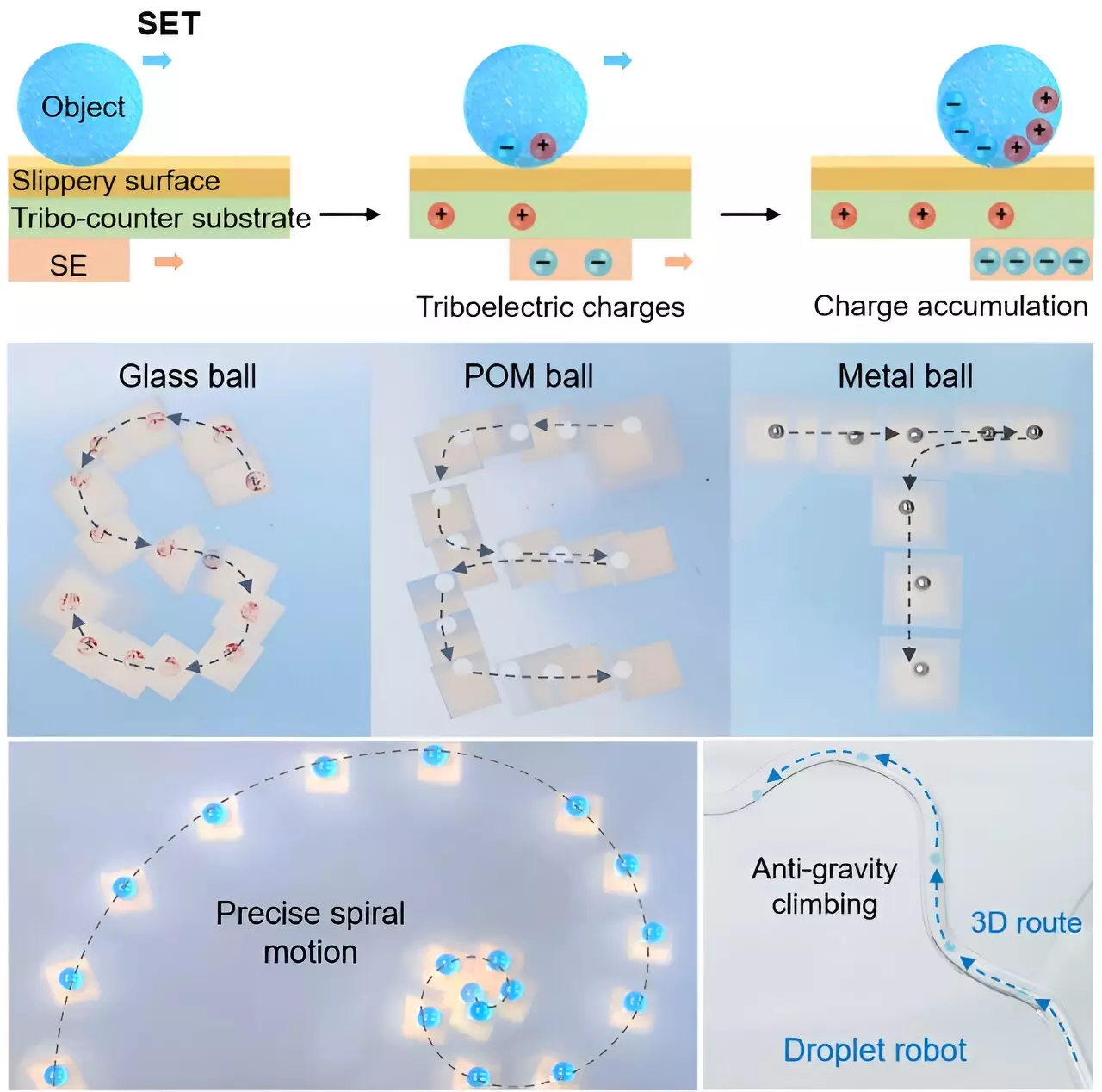The rapid advancements in manipulation technology, particularly in scientific fields, are pivotal for fostering innovation across various domains. A recent study led by Dr. Du Xuemin and his research team at the Shenzhen Institute of Advanced Technology has introduced a groundbreaking self-powered electrostatic tweezer (SET). This innovation challenges the limitations posed by conventional tweezers and promises enhanced flexibility in the manipulation of a variety of materials.
The Conventional Limitations of Tweezers
Traditionally, tweezers used in laboratory settings have relied on intricate electrode arrays and external power sources. These conventional tools exhibit significant drawbacks, such as limited charge generation and the potential for undesirable heat production that can alter the materials being manipulated. The dependence on external energy sources not only complicates the setup but also reduces the overall efficiency of operations. The introduction of innovative self-powered designs, such as the SET, represents a significant shift in this landscape.
Design Features of the Self-Powered Electrostatic Tweezer
The SET introduces a novel approach utilizing a polyvinylidene fluoride trifluoroethylene (P(VDF-TrFE))-based self-powered electrode. This material is capable of generating significant and adjustable surface charge density through the triboelectric effect, allowing for dynamic manipulation of various objects. The tweezers integrate a unique dielectric substrate that plays dual roles as a tribo-counter material and a base support, while a specially designed slippery surface minimizes resistance and biofouling. The rapid generation of triboelectric charge, reaching densities as high as ~40 nC cm-² in mere seconds, marks a leap in efficiency that allows researchers to manipulate objects swiftly and accurately.
Exceptional Performance and Reliability
One of the standout features of the SET is its exceptional stability. After enduring over 1,000 sliding cycles, the tweezers maintain a consistent ability to generate triboelectric charges. Remarkably, the charge density on the self-powered electrode remains stable for more than five hours in ambient conditions, showcasing its reliability. This sustained performance is essential for practical applications, ensuring that researchers can rely on this device in various settings.
Versatile Applications Across Disciplines
The versatility and adaptability of the SET open up new possibilities in diverse scientific fields. Whether it’s manipulating bubbles, solid balls, or liquid droplets, the SET achieves high velocities of up to 353 mm s-¹. Additionally, the device can transition seamlessly between different platforms and object types, supporting various applications from droplet formation and merging to complex tasks like cell assembly. This flexibility positions the SET as a revolutionary tool, paving the way for future advancements in areas like microfluidics and biomedical engineering.
Implications for Future Technologies
The introduction of the self-powered electrostatic tweezer signifies a crucial turning point in manipulation technologies. By eliminating the need for cumbersome power sources and intricate structures, SETs provide a streamlined and efficient alternative for scientific experimentation and industrial applications. As researchers continue to explore the potential of this technology, we may witness transformative changes in how we understand and manipulate materials at the micro and nanoscale levels. The implications for enhanced efficiency, reduced energy consumption, and greater control over experimental conditions are staggering, heralding a new era in the realms of physics, chemistry, and biology.

